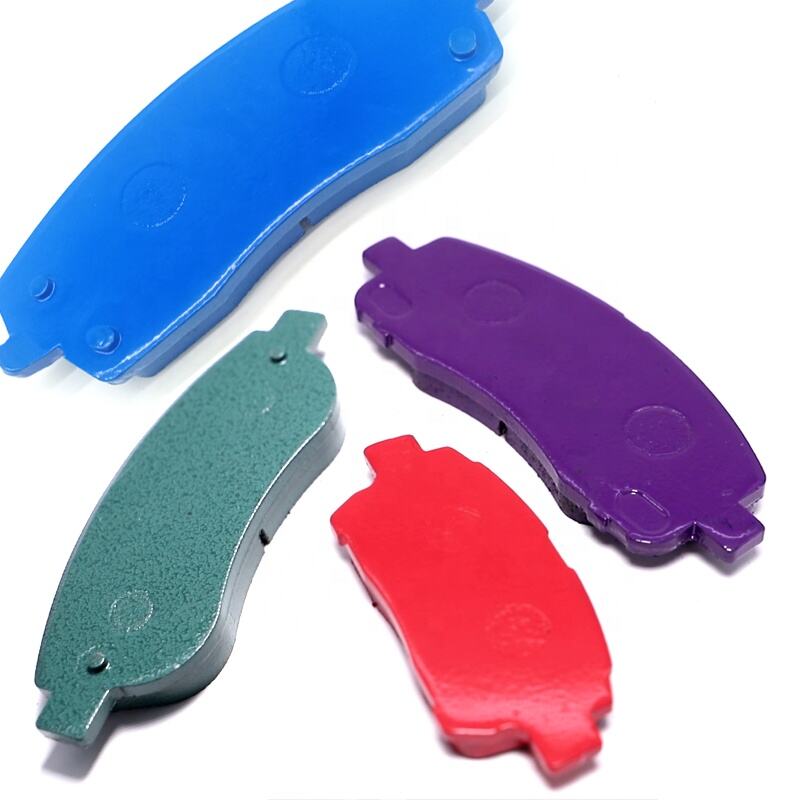car brakes and pads
Car brakes and pads are crucial components of a vehicle's safety system, working together to ensure reliable stopping power and optimal performance. The brake system consists of various interconnected parts, with brake pads being the primary friction material that contacts the brake rotors to slow or stop the vehicle. Modern brake systems utilize advanced materials and technologies, including ceramic, semi-metallic, and organic compounds, each offering specific benefits for different driving conditions. The brake pads are designed to withstand high temperatures and pressure while maintaining consistent performance across various weather conditions. When the driver applies pressure to the brake pedal, hydraulic force is transmitted through the brake lines, causing the calipers to squeeze the brake pads against the rotors. This friction generates the stopping force necessary to control the vehicle's speed and bring it to a complete stop. Regular maintenance and timely replacement of brake pads are essential for ensuring optimal braking performance and safety. The lifespan of brake pads typically ranges from 30,000 to 70,000 miles, depending on driving habits and conditions.


